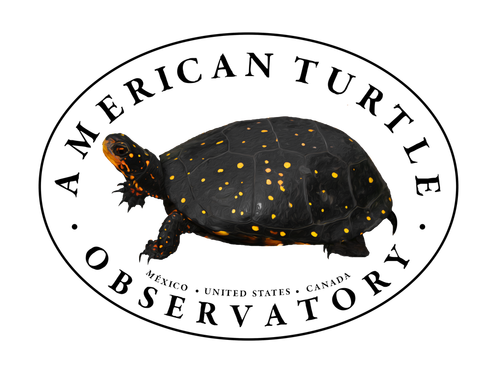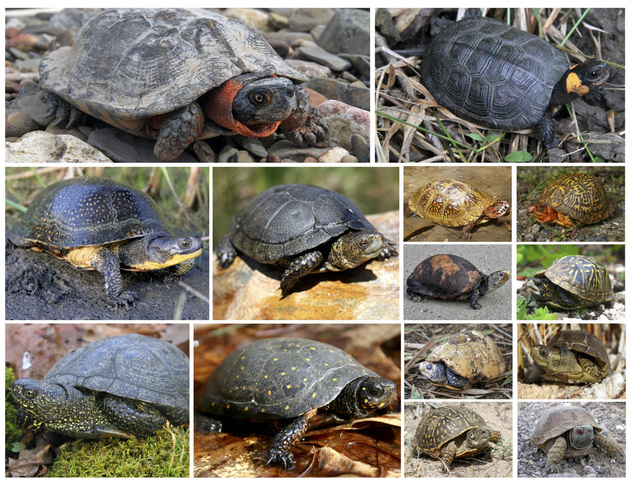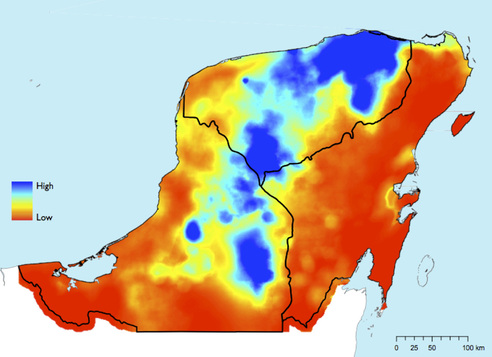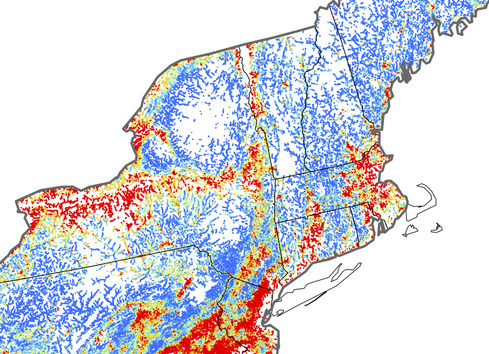Landscape-level solutions
|
Critical Landscapes for North American Turtles
|
|
We work to identify the most important landscapes for North American freshwater turtles—modeled after the Priority Amphibian and Reptile Conservation Areas (PARCAs) and Important Bird Areas (IBAs)—using a combination of field sampling data and landscape information. The United States and Mexico encompass many globally significant freshwater turtle habitats. For example, the Mobile Basin and nearby drainages (e..g, Apalachicola River, Escambia River, Pascagoula River) of the Gulf Coast of the United States harbor the greatest richness of turtle species on earth, and southeastern Mexico harbors the greatest family-level diversity of turtles on the planet. However, other North American landscapes stand out for their diverse, dense, distinct, or resilient turtle populations, or for opportunities to conserve high-integrity, functional landscapes, where relatively natural disturbance regimes govern population-level processes. We are working within several critical landscapes, including the northern forests of New England, the Florida Panhandle, Everglades, and Yucatán's Puuc Hills (read more here). With our partners, we will continue to develop active partnerships for conservation and land protection in these areas.
|
Observatories
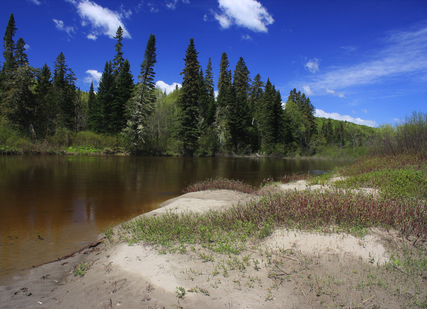
From New England to the Yucatán Peninsula, we coordinate long-term, standardized monitoring of significant populations of at-risk turtles in functional landscapes, while working with partners to conserve important habitats. Most species freshwater turtle are long-lived, and in many instances individual turtles may outlive important habitat resources upon which they rely. For logistical reasons, most ecological studies last only a few years. To understand the challenges to successfully conserving turtle populations in functional landscape contexts, it is helpful (and in some cases, necessary) to strategically undertake research on timescales relevant to the life history of the animal. In the case of most freshwater turtles in North America, this timescale is many decades. We conduct long-term research focused on a range of vulnerable North American turtle species, and have launched, or proposed, a network of reference sites ("Observatories") in a variety of representative ecosystems. These long-term data sets will ultimately allow us to assess population status and trends, and more specifically to evaluate the effects of landscape and environmental change on populations of turtles.
Cooperative Conservation
|
The box, wood, pond, and marsh turtles form a distinctive North American group (or "clade"). Most of the living species are of conservation concern throughout their range. The Emydine clade includes well-known and familiar species such as the eastern box turtle, wood turtle, spotted turtle, and bog turtle. Comprised of between 11 and 15 species, the emydines are most speciose in the the Northeastern United States, a region heavily degraded by habitat fragmentation. In addition to the well-known and formerly abundant Northeastern species, numerous isolated lineages of box turtles survive in the mountains of western Mexico and the Gulf of Mexico Coastal Plain. ATO works with diverse networks of partners, including state and federal agencies, universities, and the Blanding's Turtle Working Group and Wood Turtle Council, to identify and manage habitat2 for formerly common species.
|
Technical Assistance & Outreach
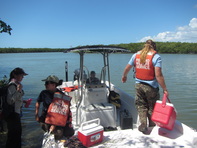
We work with towns, land trusts, NGOs, and agencies to advance turtle habitat conservation efforts at multiple levels, by (1) developing and implementing monitoring protocols; (2) assessing the size and structure and distribution of important turtle populations; (3) developing site-specific management plans; (4) directing habitat management actions. Please feel free to contact us directly with questions or ideas.
Learn more >>>
Learn more >>>
